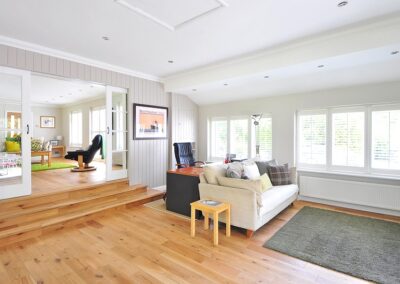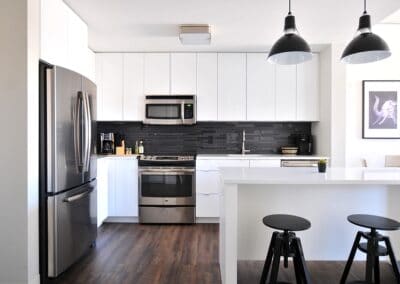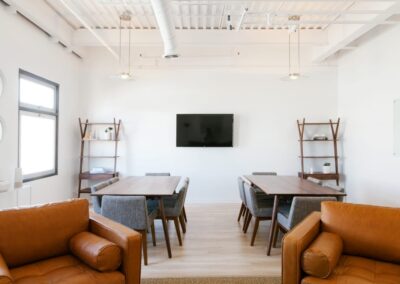VAPSIMATA SPITION
vapsimataspition.gr
HOUSE PAINTING OFFERS
How much can house painting cost?
We provide the best services in house painting – residence or business at the best market prices.
For further information please contact us to receive a quote on painting your home.
OUR SERVICES – HOUSE PAINTING
Painting Luxury Homes.
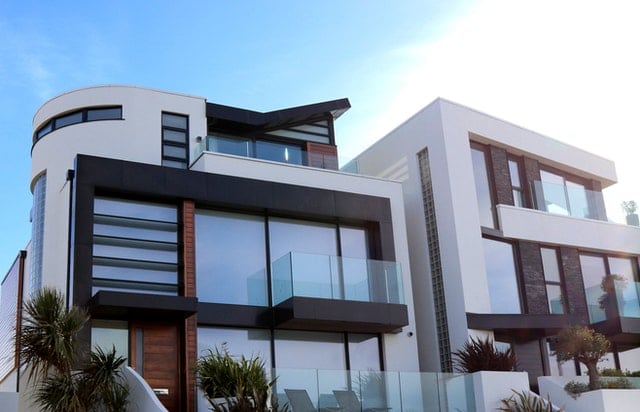
Painting Houses (and furnished).
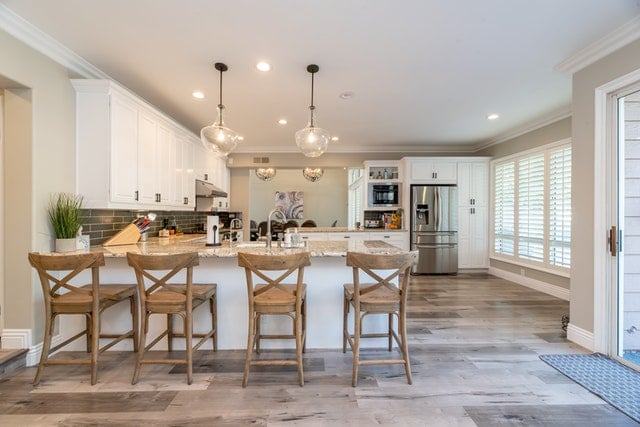
Painting Apartments.
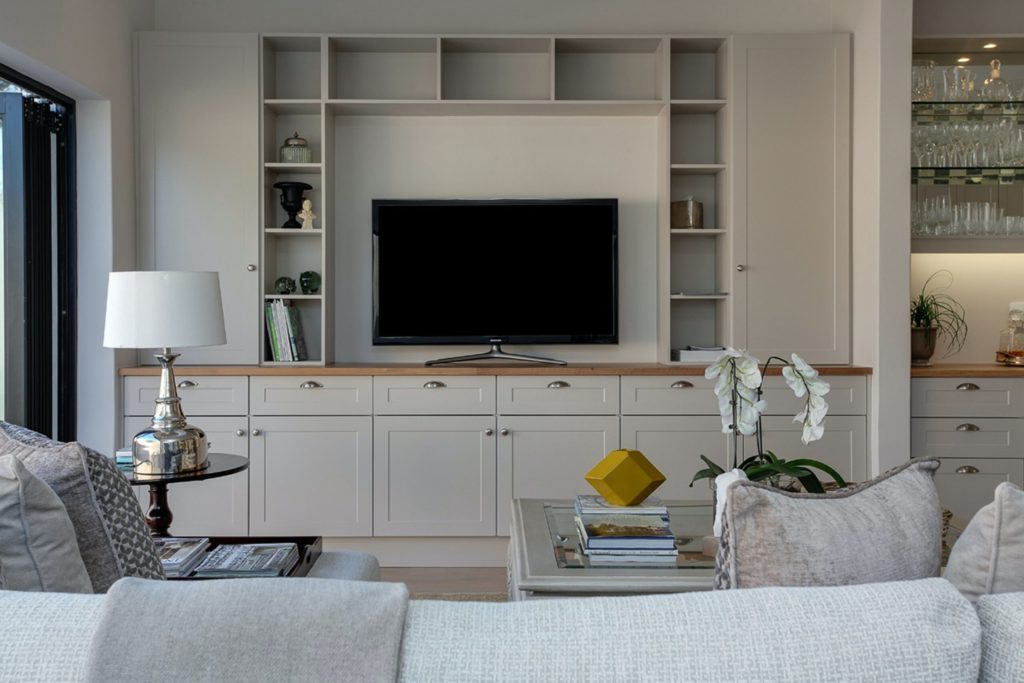
Painting Maisonettes.
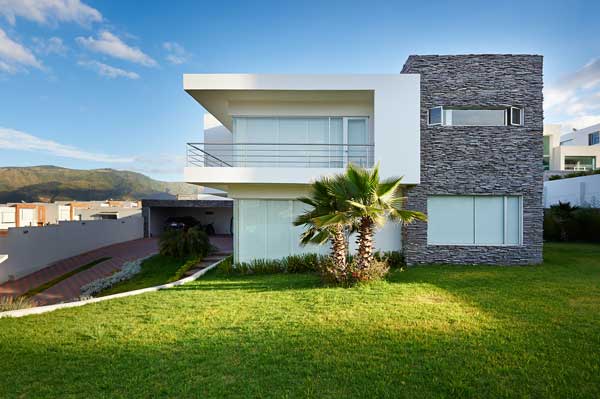
Painting Apartment Buildings
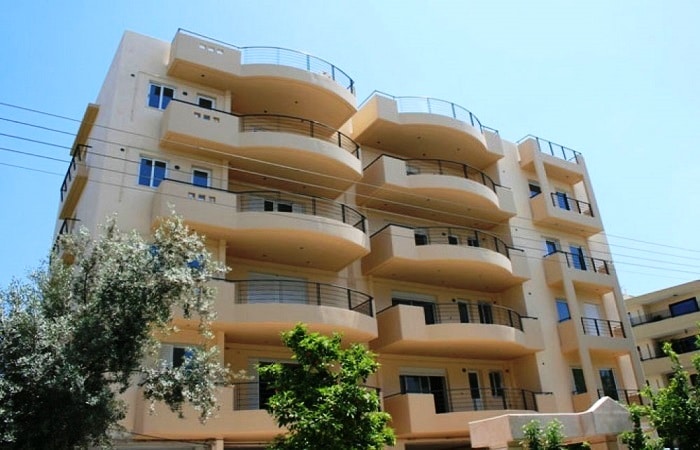
Painting Offices - Shops.

Site preparation, how to start work:
In a house that is inhabited, there are preliminary works that are done by us to protect your space before the start of the work.
Cardboard coating on all surfaces of the house, special protective nylon for your furniture, insulation with special paper tape on all frames – cases – doors – sockets.
Cleaning space
After finishing the painting, everything goes back to its place.
All site preparation costs are borne by our workshop and not by you.
We do special work with specialized materials such as insulating primer, anti-mould paints for houses with problems – damage from wear and tear – holes – cracks – peeling from moisture and mould.
In a new building from plaster
In new constructions a special offer package that includes plastering, spatulating (2 hands), sanding with a Fleks machine, priming (with 100% monotic primer, and painting (2 hands) ask us for a price. Painting of a house or apartment after renovation, special prices
depending with the work that will be needed, spatulating (2 hands), sanding with a Fleks machine, priming (with 100% monotic primer, and painting (2 hands) for a smooth result.
OTHER SERVICES – HOUSE PAINTING
Damp house painting, with cracks and peeling. (fix forever with specialized materials).
Painting a house with mold and nicotine problems. (special paint to achieve the perfect result).
Painting bathroom and kitchen tiles with special materials.
Bathtub painting, enameling and special paint.
House painting, plastering and plastering in a new house.
Painting doors and wardrobes.
Painting Frames, Radiators and Cabinets with ecological repulin.
Painting and troweling on a rough wall to make it smooth.
Painting on wooden shutters.
Painting a house with a spatula on a painted wall
Experienced oil painters
First of all, our company offers professional interior and exterior house painting services in locations in Athens. Most importantly, we take pride in our quality painting services and high customer reviews. Click on one of the links below to learn more about the painting services we offer.
Services for house painting, rooms
We provide a range of custom interior and exterior painting services, allowing for a smooth, seamless experience and outstanding results in every home. Whether you’re updating your duplex or repainting the bedrooms in your home, our team approaches every project with attention to detail.
Frequently asked questions about house painting
Yes, it can match almost any paint color in your home using a color chip or liquid swatch. Besides, even if you don’t remember the original color codes, we can match the color.
First, the frequency of painting will vary depending on the location of the home, the local climate, the types of surfaces being painted, and other environmental factors. On average, most homes should be painted every 7 to 10 years.
Cost per square foot will vary depending on geographic area, type of paint product used, surface conditions, how much color changes, number of coats, and various other factors. To get accurate pricing for your home, schedule an estimate appointment.
It depends on the extent of the damage. We offer services such as light carpentry repairs, plasterboard repair and stucco repairs. Besides, our team is able to check your project and give you recommendations.
No, you are not required to be home during the project. It is up to you if you prefer to be on site while our crew works. It is ideal to have someone there for the start of the project. Our team will work with you to discover your preferred way to receive daily project updates.
First of all our team will cover and protect the furniture and floors, but if there is a delicate piece of furniture or an heirloom that is difficult to move, please remove it before our team arrives or be sure to notify the Work Supervisor before the work begins .
We can obtain paint products at much lower prices because of the quantity we buy and our relationships with paint suppliers. In most cases, it will cost more to buy your own color. Also in case you still prefer to buy your own color.
Most projects come with a 2-year warranty.
While oil paint has traditionally been seen as superior to water-based paints, the chemicals that made oil paints so durable have been legislated out of use by the government. As a result, oil paints are being phased out of the market for residential painting. At the same time, technological developments in 100% acrylic resin latex paints have improved dramatically.
No, it is not necessary to remove all the old paint. It is important to remove any loose, peeling, cracked or degraded paint before painting a house. However, if you want to remove all the old paint from certain areas of the building (such as entrances or front doors), discuss this with your estimator. These services can usually be priced as an option, although this type of “remediation” can be rather expensive.
A paint system is the combination of sealers, primers and colors developed to work together for different substrates to produce a durable and beautiful finish. Your proposal will indicate the paint system that the estimator deems appropriate for your project.
Every homeowner has a different vision for his or her project. This means that the level of preparation will be tailored to the needs of each homeowner and unique project. Below is a description of the various types of preparation we typically perform. Your estimator will discuss with you what you hope to achieve with your project, tailor the proposal to capture that vision, and price the project accordingly.
Washing – New paint requires a clean, dry and firm base to adhere properly.
Scraping – All loose and flaking paint must be removed with scrapers, knives and/or steel brushes. All areas should be scraped back to a solid edge.
Sanding – Sanding, depending on the condition of the substrate, is sometimes necessary to remove loose and peeling paint. Rubbing can also help smooth out rough edges. Your estimator can help you discuss the level of preparation required for your project.
Caulking and Sealing – We will caulk previously caulked areas where caulking is missing or failing. We will also remove any failed caulk prior to re-caulking.
Primers are specially designed coatings used to prepare different substrates to accept paint surfaces. They solve specific challenges that painters face: sealing in moisture, resisting the bleeding of stains and chemicals from the interior of the substrate, and locking in chalky surfaces.
Substrates that have adhered paint, in good condition, usually do not need full priming. Instead, spot priming is performed where the surface is bare or preparation work has been performed. However, if an extreme color change is planned, it is often useful to apply a tinted coat to help the finish coats cover better.
The strength and durability of a paint is more affected by the quality of preparation than by the number of layers of paint. New, raw surfaces usually receive a full coat before the final coatings are applied. In addition, very dramatic color changes often require a full coat before applying topcoats. This is most often seen when deep reds, greens and browns are covered and/or when re-coated with a very light color. Your appraiser will consult with you and may offer an option for an additional coat in these areas.
If you are not changing color and the existing paint is in relatively good condition, a single coat of matching color and gloss may be sufficient. Your estimator will discuss with you the pros and cons of such a paint system.
Most latex paints set in 30-120 minutes, but can take up to 30 days to fully cure. For this reason, we recommend regularly opening and closing newly painted windows and doors to prevent them from sticking.
Here are three things: make sure you only use high-quality materials and paints, have your house power washed every few years, and make sure the right level of prep is specified and performed on your home.
It’s not likely. In fact, we have better discounts than the employees of most major paint manufacturers. If you want the best materials at the lowest price, let us source them for you.
Both spraying and brushing are acceptable application methods when performed by an experienced applicator. If the surface is properly prepared, the sprayed paint will adhere as well as brushed on.
Generally yes. More expensive paints contain more durable pigments and resins. The resins, along with the binders, give you the quality of the finish. The way the product is produced can also affect the quality. Better pigments mean fewer layers of paint. Your estimator can help recommend the product best suited for your specific application.
We regularly carry out basic carpentry repairs that are commonly encountered as part of exterior cladding work. These include the removal and replacement of rotten window coverings, door casings/trims, siding boards, etc.
Your estimator will provide you with a separate quote to complete any wood repairs we find during our inspection.
Occasionally, additional repair needs are revealed during the pressure washing process or when our carpenters access areas that are difficult to reach or see clearly during the assessment. We will consult with you as soon as possible when additional repairs may be needed and obtain your approval for additional work prior to execution.
Water intrusion can occur for many reasons: poor drainage from gutters, a rusted or damaged window and/or roof flashing, rotting siding or trim, or a damaged roof, just to name a few. It is difficult to determine the exact point of entry of water because water follows the path of least resistance once it enters a structure. This means it can enter at one point, travel along an interior joist or other hidden structural elements in the home, and pass through drywall or plaster to an area away from the point of entry.
Caulking and sealing as part of the normal paint preparation process often solves leakage problems. However, if the root of the leaking problem comes from some other source (for example, a damaged roof or gutters), the painting process will likely not solve the problem.
Some people repaint their homes when they buy them just to change the color, and others repaint just before selling their home to improve its curb appeal. Normally though, you want to paint your house every 5-10 years and every 4-7 years if it’s stained. Homes along the coastline tend to need painting more often due to the effects of salt air. Some factors that determine the life of the current paint job include the amount of prep work done last time (sanding, scraping) and the quality of paint used. If your home is not well insulated and does not have a good moisture barrier, then moisture from inside the home could cause peeling. If you have leaky gutters or your caulk is cracking and separating your paint will suffer. Siding can shrink, crack or begin to swell and can burst if the paint’s weather protection begins to fail.
With stain you can see the wood starting to dry out. The color may become chalky or fade with direct sun exposure. Cheap paint with minimal pigment can start to look different shades depending on sun exposure as well. The stucco needs to be painted every 5-7 years and if it isn’t it can start to crack and pieces fall off the house. Many people tend to get into a routine of painting their house every 5-7 years the same way you would change the oil in your car – so as to prevent any damage from starting in the first place.
We will replace any rotted wood siding, siding, as needed so that when we finish your home is weatherproof and no longer actively suffering any further decay.
Great question. Choose a kitchen color that you feel comfortable in that is both fun and relaxing.
Kitchen colors can be bright or relaxing – it’s up to you!
living room colors: they are varied and the right color depends on the situation and the family using the family room.
There are 3 main glosses available for exterior: Flat, Low Gloss and Semi Gloss.
The surface determines the best level of gloss. Putty is best in a flat sheen. Wood trim can look great in low gloss if it’s in good shape with minimal cosmetic blemishes. Cladding elements should almost always be coated with SemiGloss. Unless you deeply dislike gloss on anything, SemiGloss provides the best possible protection for the life of the product. Dirt-resistant, sun- and rain-resistant.
It is a very important step that can undermine the quality of the work if not done, depending on the surface. Washing removes embedded dirt and mildew and provides a clean surface for the primer.
It’s time to repaint your house, depending on the severity of the peeling and cracking of the paint. The longer the paint is allowed to peel and crack, the more likely the unpainted wood will deteriorate and need replacement. Most damage is hidden behind color loss and continues to worsen the longer it is left untreated. You should consult a professional painter to assess your home’s exterior painting needs.
No problem, we have weekend and evening painting appointments available.
A coat of paint is usually enough. Applying multiple coats of paint is not necessary as paint builds up and over application can cause cracking and peeling. A color change is usually why you need 2 coats of color, a change to a lighter or darker color needs more coats just for coverage.
No, we leave your home as clean as when we started!
If you pour the floor first, the painted walls will not be damaged when the floor is installed. It will also avoid an additional cost to
paint the walls with any spots that could be damaged during the installation of the new floor.
A fresh coat of paint is the most cost-effective way to freshen up your home when you sell. Providing the most economical way to add
curb appeal to your home. Giving a new, clean, fresh look that can help sell your home.
No, we leave your home as clean as when we started!
If you pour the floor first, the painted walls will not be damaged when the floor is installed. It will also avoid an additional cost to
paint the walls with any spots that could be damaged during the installation of the new floor.
A fresh coat of paint is the most cost-effective way to freshen up your home when you sell. Providing the most economical way to add
curb appeal to your home. Giving a new, clean, fresh look that can help sell your home.
Repainting is only needed if the paint is fading, cracking or you see the paint peeling. Pressure washing the exterior of your home will give it the fresh
clean look of new paint by removing dirt and insects from the surface. If your paint looks faded after an exterior pressure wash, then you should
consider repainting it at that time. Home pressure washing is one of our services available to homeowners as well as
commercial pressure washing businesses.
No, as mold is a fungus and is always present in the air. The mold that causes powdery mildew needs moisture and the right temperature to grow.
The walls are made of either lath and plaster or sheet metal. Lath and plaster is an older building material. Plaster is applied over a wire lath or a thin layer of paper and has a tendency to crack and fail. Sagging can be caused by the paper underneath. When dyed, this paper can be activated and will bubble and move, causing it to deteriorate. Sheetrock, on the other hand, rarely cracks unless placed under seismic stress or some other extreme circumstance. The tape that bridges the seams of the sheets is more likely to fail (in an Earthquake for example), but it happens more rarely.
In most cases, yes. Wood paneling usually suffers from damage caused by everyday life. Tears, dents, holes and peeling paint are all normal wear and tear. This is especially noticeable on door frames and baseboards. The best way to treat and restore wood is to carefully sand off the current coat of paint to polish the surface and remove any failed material. We then use a wood filler such as Bondo or Spackle to fill the damaged areas, sand until it blends with the surrounding area, prime and the surface is restored and ready for paint.
This is a big question and it not only depends on how a room is used, but also depends on the brightness that the home owner prefers. The higher the gloss, the more wiping and cleaning and the longer the paint surface will last. On the other hand, the higher the sheen, the more the texture and wall irregularities will be accentuated. Colors will also finish differently than they will with a flat gloss. Higher flashes bounce and focus light. Some homeowners like this and some don’t.
Our key advice is that any room with moisture or heat activity should have at least one gloss used – kitchens, bathrooms and laundry rooms are good examples. Gloss choices in all other rooms are subjective and a matter of personal preference on the homeowner’s part.
Choosing a gloss is actually easier than choosing your paint color. Most interior rooms will be painted with a satin or eggshell finish. Eggshell is the safe middle ground between high gloss and matte. It creates a smooth finish that is also easy to clean. Smaller areas such as doors, trim and cabinets can be painted with a high gloss or semi-gloss finish. These areas are less likely to get dirty and look better with a little gloss. Matte gloss is most often used for something like your ceiling. While matte gloss painting is easy, it’s not easy to clean, so it’s best used in areas with less traffic.
There are a few basic rules:
Consider existing elements in the room that already have color – furniture, wood ceiling, brick fireplace, etc.
The size of the room – darker colors tend to make a room look smaller
The amount of light in a room – a lighter or brighter color can enhance the amount of light
What will the room be used for – nursery, office, bedroom
If stuck and just can’t decide, our service includes a 1-hour consultation with a professional color consultant. We will also apply paint in a small 2’x 2′ brush to the wall and trim.
There are a few basic rules:
Consider existing elements in the room that already have color – furniture, wood ceiling, brick fireplace, etc.
The size of the room – darker colors tend to make a room look smaller
The amount of light in a room – a lighter or brighter color can enhance the amount of light
What will the room be used for – nursery, office, bedroom
If stuck and just can’t decide, our service includes a 1-hour consultation with a professional color consultant. We will also apply paint in a small 2’x 2′ brush to the wall and trim.
Masking tape or “painter’s tape” tends to stick to the fresh paint if it is not removed shortly after painting or if it is pulled off the surface improperly. When the paint is applied to the walls, it will inevitably cover the tape as well. As the paint begins to dry, it will begin to adhere to both and the tape. This “bridge” of paint from the walls to the tape will lift as the tape is removed.
Before removing the tape, gently ‘tap’ the edge of the tape with a sharp razor or utility knife. This will help break the “bridge” or “film” between the painted wall and the tape. Also, as you pull the tape, stay close to the wall but pull gently from the painted edge to minimize the problem.
There are several reasons why the paint does not cover in one coat.
Some of the main reasons include:
Drastic color changes, ie, light to dark or dark to light
Excessive dilution of the product
Stretching the product near or beyond its percentage coverage
The wrong roller cover was used for the surface
The preparation process for exterior painting is the same as interior painting. And it’s just as important as any other paint job you do. No matter how well the paint is applied, if you’ve done a poor prep job beforehand, that paint isn’t going to last very long. The preparation process must be done with care. If you hire professionals they should know what they are doing, but don’t be afraid to ask. If you do it yourself, make sure you do it right.
Wash all areas of the house that will be painted. Remove dirt, loose paint and anything else that will come off. Any damage needs to be repaired, this means filling chips and scratches and caulking. This includes window and door frames. Make sure you have a smooth surface. scrape off old paint and sand all over. Apply a good primer to seal and protect, and then you’re golden and ready to start painting!
The best temperature to paint outside really depends on where you live. But there is always one constant and that is that you paint the shady sides first and avoid painting in direct sunlight. You should just follow the back of the house, avoiding the heated areas. Additionally, paint is best applied when there is little rain and low humidity. Never paint a surface if it is not dry. Painting can be done with humidity levels at 70%, but it is recommended that the humidity range be between 40% and 50%.
If the temperature is too high or too low, the paint will not adhere properly to the siding, but most house painting labels will show a minimum and maximum temperature for exterior painting.
This question is just to underline something we said earlier. If you have more questions that aren’t answered here or that you can’t find the answer to elsewhere – please contact us. Any professional exterior painter should be able to honestly answer any questions you may have on the subject. Also, ask every question you have and don’t feel stressed about doing it. It’s what we do for a living, and chances are we’ve answered the question a million other times before. And if we haven’t, you’ll definitely give us something to think about.
We offer free estimates!
People paint their interiors for a variety of reasons. In fact, you don’t even need a reason. If you want to paint your house just to paint your house – go ahead. When it comes to renovating and refreshing your home, painting is one of the easiest and most affordable ways. And when done right, painting can make your home look brand new.
So if you’ve always hated the color of your walls or think they’re out of date, here’s a reason to paint them. Or you can paint your interior to match your decor, modernize the room or give it a new feel. Fresh color promotes a sense of cleanliness, and different colors can make rooms feel larger and airier or cozy and quaint. Fresh paint can protect your walls, and when people sell their homes, painting them can increase property values. There’s more, but basically, why not paint your walls
EXTERIOR HOUSE PAINTING PHOTOS
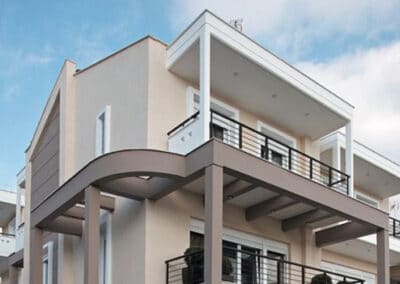



HOUSE PAINTING IDEAS
